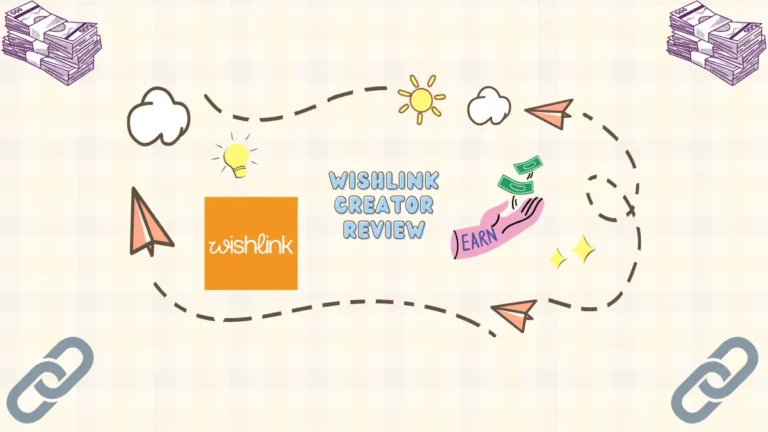When it comes to managing a fleet, time is money. Whether your fleet consists of delivery vans, taxis, construction trucks, train cars, or any other type of vehicle, downtime can mean lost income from reduced productivity. What’s more, fleet downtime can also lead to complicated and unsafe scenarios for ambulances, fire trucks, police cruisers, and other first responder fleets.
Thoughtful strategy can help you reduce downtime and maximize the productivity of your fleet. Making a few tweaks to your fleet operations can make a big difference. There are a few factors you should consider when looking for ways to get the most of your fleet.
Invest In Useful Fleet Equipment
Having the right equipment can make all the difference for your fleet and its productivity. This includes your fleet vehicles, first and foremost. Purchasing vehicles from reliable manufacturers and outfitting them with high-quality aftermarket parts as necessary is critical for preventing unexpected breakdowns and equipment failures.
Investing in the right equipment for your fleet also means auxiliary equipment that can save time and cut back on downtime. Fleet yard surveillance cameras can help prevent theft and vandalism that can bring fleet operations to a halt. Reliable forklifts are beneficial for giving your fleet the seamless ability to load and unload goods. A train wash can make cleaning train and subway cars a breeze. It is critical to consider your specific industry and how specialized equipment can help your fleet to maximize its productivity.
Perform Preventative Maintenance and Complete Necessary Repairs
Fleet vehicle maintenance is unavoidable. A regular preventive maintenance schedule will put your fleet in the best position to avoid any unexpected service needs and downtime. This includes oil changes, tire rotations, brake pad replacements, filter replacements, and more.
Let’s take tire services, for example. Many tires require a rotation at intervals of 5,000 miles according to manufacturer recommendations. Routine tire rotations will ensure that automotive professionals are able to closely monitor the condition of the tires in your fleet, helping to prevent unexpected flat tires or blowouts. Tire rotations also help extend tire life and prevent decreases in fuel economy caused from uneven tire wear, saving your fleet money in the long run.
Utilize Fleet Management Software
Fleet management software can be a lifesaver when it comes to reducing downtime and maximizing the productivity of your fleet. Available services include real-time vehicle tracking, route optimization, maintenance updates, fuel management, driver logs, and more. By automating many of these tasks, fleet management software can prove invaluable in helping fleet managers maximize the efficiency, safety, and performance of their fleet vehicles.
There are many fleet management software options to choose from. It is important to choose one that works with fleets similar to yours within your industry. The costs associated with implementing fleet management software should pay for itself by maximizing your fleet productivity and decreasing downtime.
Increase Fleet Operating Hours
Depending on the nature of your fleet, this may already be a necessity. But by increasing the hours of fleet operations, you can drastically increase productivity and keep business churning. Extended operating hours will also put your vehicles on the road during non-peak hours. Less time in traffic means less downtime and more productivity for your fleet.
You will still have to budget time for regular vehicle maintenance and inspections. With more time on the road, these service requirements will come sooner than fleet vehicles operating on during standard business hours. Still, it can often make sense for many fleets to increase operating hours as a way to maximize productivity.

Emphasis Driver Training, Education, and Satisfaction
Your drivers are your fleet’s most valuable asset. It is vital that you invest in and emphasize their training and education to maximize fleet productivity. This includes proper road training and retraining to help prevent accidents, tickets, and other time-consuming incidents. It is also vital that drivers have access to proper vehicle training. Learning how to operate their fleet vehicles according to manufacturer specifications will help prevent user error that can potentially lead to mechanical issues or damages.
Maintaining driver satisfaction and morale is also very important for your fleet and its productivity. Drivers who feel valued by their company and are given competitive compensation are less likely to take unscheduled breaks or take other actions that can reduce fleet productivity. By investing in your employees and their satisfaction, you’ll also be helping to prevent potential fleet downtime caused by low staffing numbers caused by high employee turnover.
Get the Most Out of Your Fleet and Beyond
The cost of doing business continues to rise across nearly every industry. Fleet-based businesses have been hit hard by rising fuel costs and maintenance costs in recent years, making the optimization of fleet productivity as important as ever. Businesses and their bottom line simply cannot afford extensive fleet downtime that lead to decreases in fleet productivity.
Implementing time saving measures for your fleet is not as challenging as you might imagine. Just a few changes to the way your fleet operates can be all that is needed to keep your vehicles on the road longer and ensure business continues to roll on.



